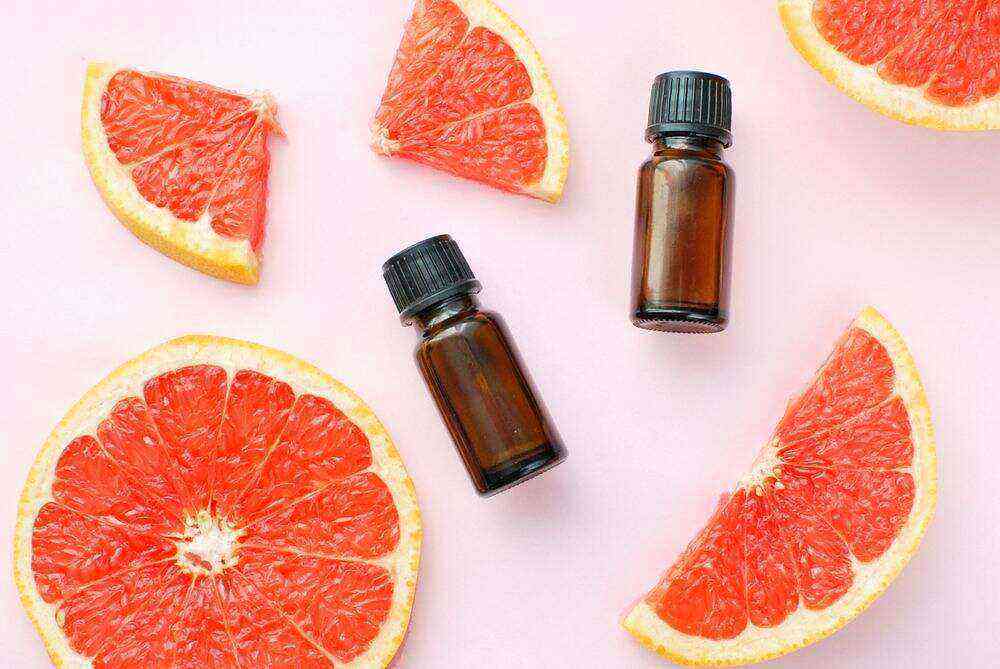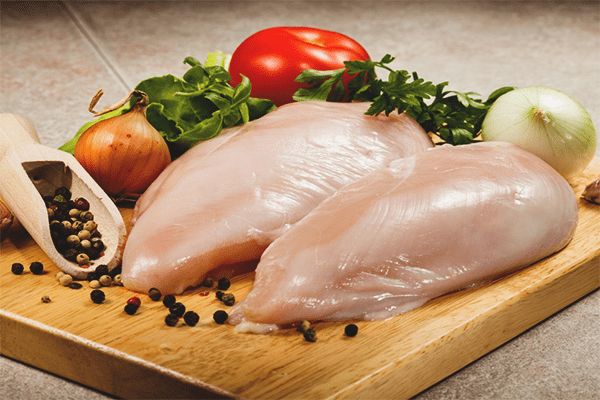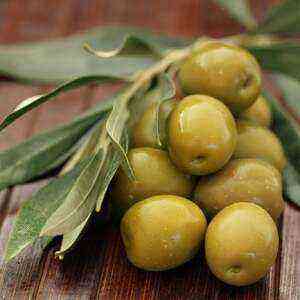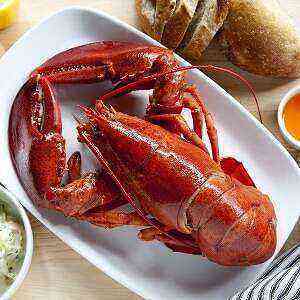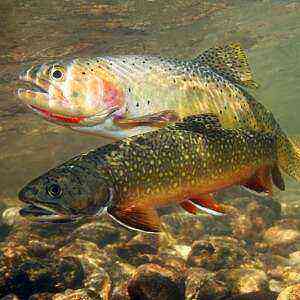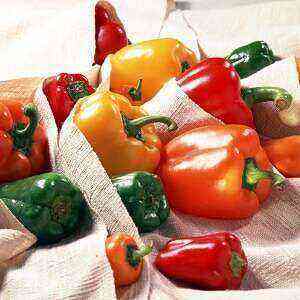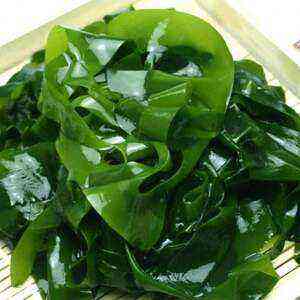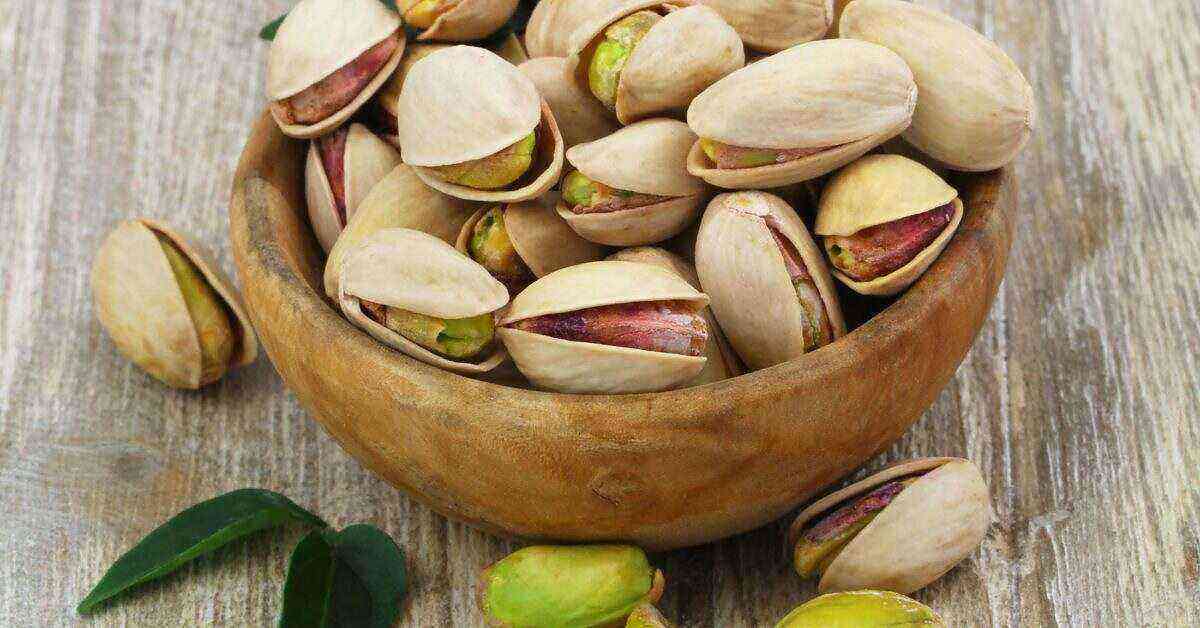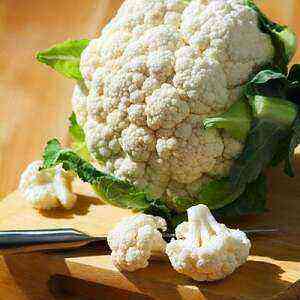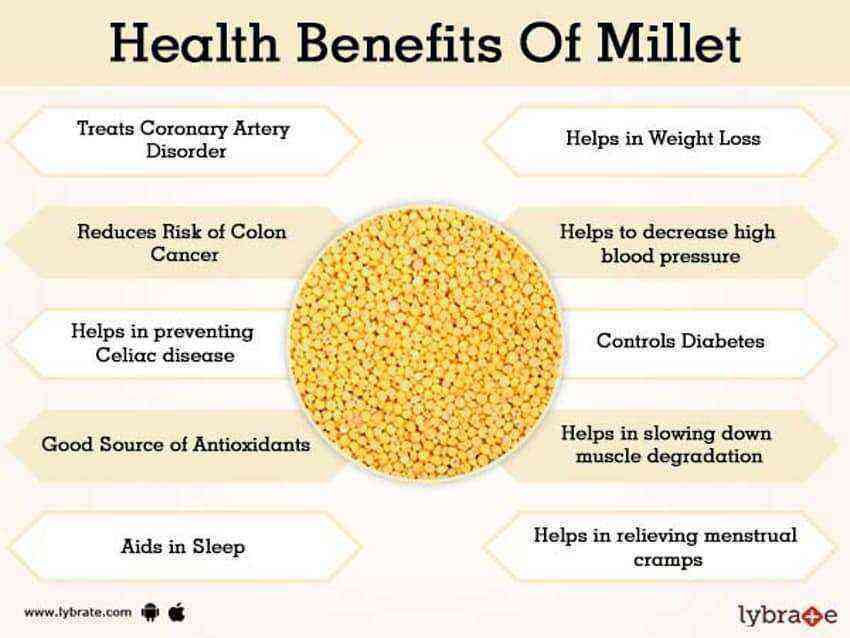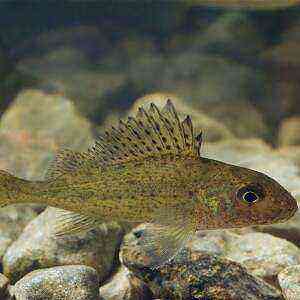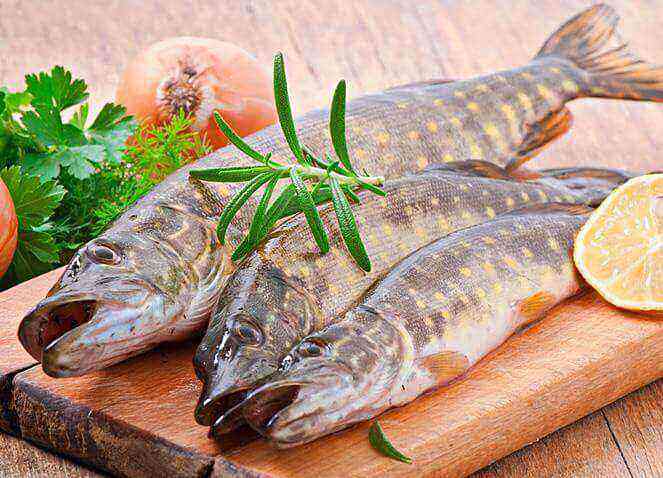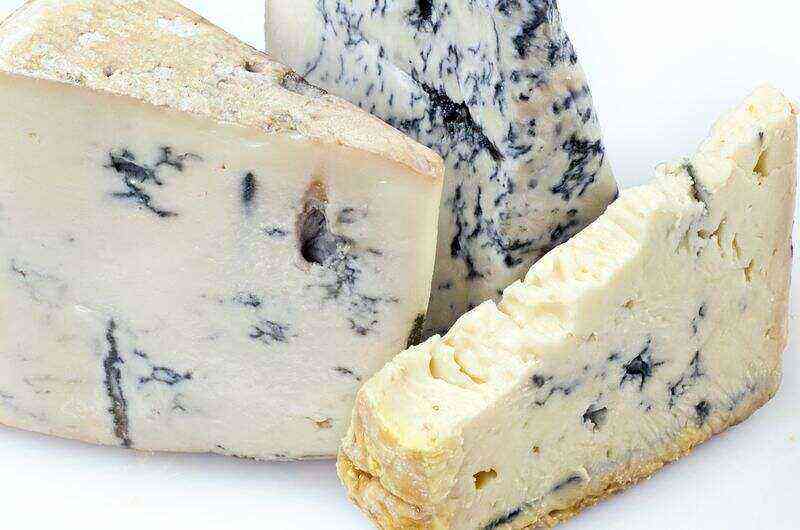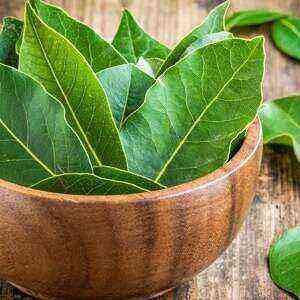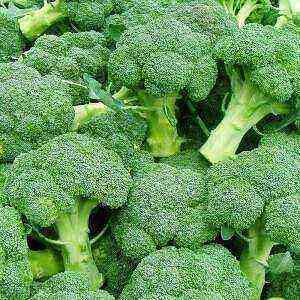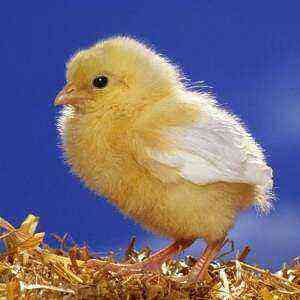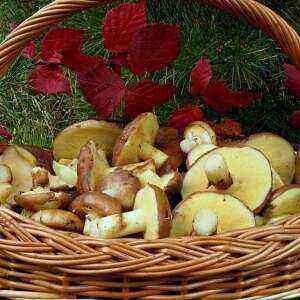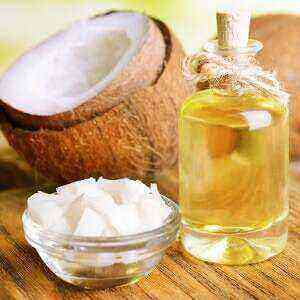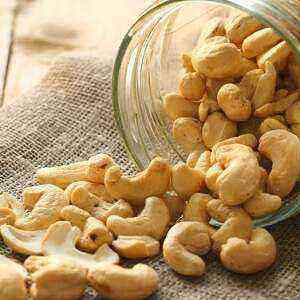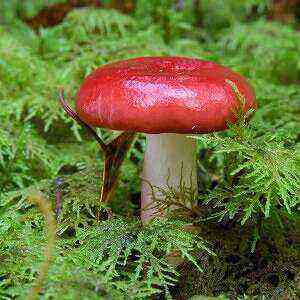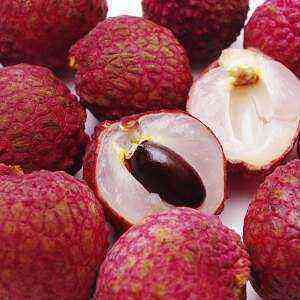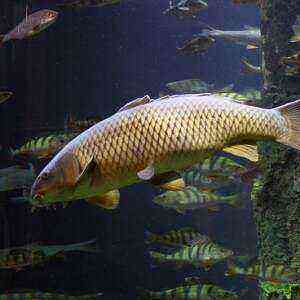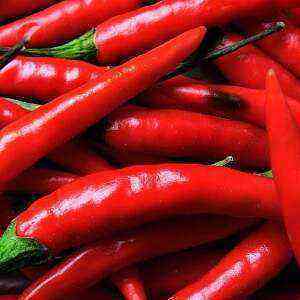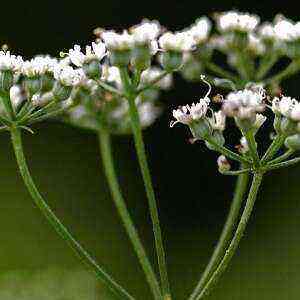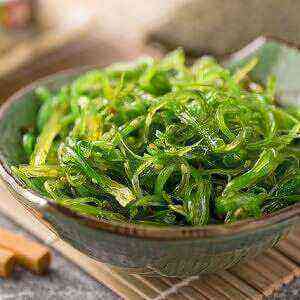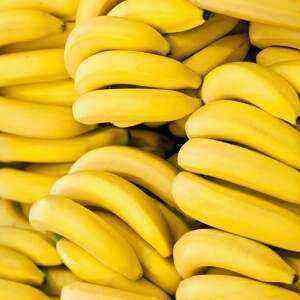
The product is used in cooking as a side dish for vegetable and meat dishes, for making casseroles and snack pies. In addition, buckwheat has found wide application in medicine: it prevents vitamin deficiency (especially in the winter-spring period), strengthens the walls of blood vessels, increases immunity, activates the intestinal tract, and stabilizes the psycho-emotional background.
Overview
Buckwheat is classified as environmentally friendly products, since the technology of its cultivation does not require the introduction of chemicals during sowing. The cereal is cultivated primarily for culinary use. .… However, due to its rich chemical composition, cereals are popular in diet therapy, medicine, cosmetology, and agriculture.
The following types of buckwheat are distinguished:
- jardice (whole grain, peeled from the outer shell);
- pierced or chopped (crushed croup with a broken structure);
- Smolensk flakes (heavily crushed grains).
Classification of buckwheat by type of heat treatment:
- fried (dark brown);
- steamed (brown);
- natural (light green).
Remember, the finer and darker the cereal, the less nutrients it contains. farmer-online.com.
Chemical composition
Buckwheat – record holder in protein content among cereals. The biological value of the culture protein is determined by the 18 amino acids present in the cereal. The greatest concentration falls on lysine, tryptophan, arginine, methionine, valine, isoleucine, glycine.
Interestingly, in terms of protein content, buckwheat is a complete alternative to animal protein. To supply the body with this building material, it must be present on the daily menu of athletes, vegetarians, pregnant women and the elderly.
Table №1 “The chemical composition of buckwheat”
Item Name
Ingredient content in 100 grams of cereals, milligrams .
Vitamins
Tocopherol (E) 6,65 Niacin (PP) 4,2 Riboflavin (B2) 0,2 Pyridoxine (B6) 0,4 Thiamine (B1) 0,43 Folic acid (B9) 0,032 Beta-carotene (A) 0,002
Macronutrients
Калий
380
Фосфор
298
Магний
200
Сера
88
Хлор
33
Кальций
20
Натрий
3
Trace Elements
Кремний
81
Железо
6,7
Цинк
2,03
Марганец
1,56
Медь
0,64
Бор
0,35
Титан
0,034
Молибден
0,033
Фтор
0,023
Никель
0,0101
Селен
0,0083
Хром
0,004
Йод
0,0033
Кобальт
0,0031
The nutritional value of buckwheat includes (per 100 grams):
proteins – 13,5 grams;
- fats – 3,4 grams;
- carbohydrates – 61,5 grams;
- water (14 grams);
- organic acids (0,2 grams);
- dietary fiber (11,3 grams) .;
- starch (55,4 grams);
- unsaturated fatty acids (2,28 grams);
- mono- and disaccharides (1,5 grams);
- saturated fatty acids (0,67 grams);
- amino acids (10,32 grams);
- sterols (0,074 grams)
- ash (2,1 grams);
- purines (xnumx grams).
The calorie content of the product directly depends on the cooking method. So, dry (sprouted) grain contains 330 kilocalories per 100 grams of product, boiled cereals – 150 kilocalories, steamed kernel – 250 kilocalories.
Considering that the cereal contains no gluten (gluten), buckwheat is of particular value for people with celiac disease.
Useful Properties
The effect of cereals on the human body .:
Reduces the risk of developing malignant neoplasms (due to the content of natural antioxidants) ..
- It increases the body’s resistance to adverse environmental factors, including radiation (folic acid enhances immunity, potassium and iron interfere with the absorption of radioactive isotopes).
- Accelerates the healing of the gastric mucosa (tannins contained in the croup, have anti-inflammatory effect).
- Potentiates hemoglobin synthesis, resulting in improved rheological parameters of the blood (due to the presence of iron).
- Prevents the occurrence of thrombosis (unsaturated fats prevent the adhesion of cholesterol plaques to the walls of blood vessels).
- Improves psycho-emotional state, prevents sleep disorders (due to the presence of tryptophan, magnesium, B vitamins).
- Stabilizes the concentration of sugar in the blood (has a low glycemic index, which is 40).
- It prevents hormonal dysfunctions by supplying essential substances (vitamins, amino acids, micro and macronutrients) to the body.
- Increases the potency in men (zinc stimulates testosterone production).
- Reduces blood pressure, normalizes the contractile function of smooth muscles (magnesium controls these processes).
- Strengthens the nervous and immune systems, helps “in the fight” with insomnia, migraines, headache (due to the presence of rutin and B vitamins).
- Stimulates intestinal peristalsis, relieves constipation, “supplies” the dietary fiber in the body.
- Seals the walls of blood vessels, increases the elasticity of veins (rutin, which is rich in croup, has a pronounced capillary-protective effect) ..
- Strengthens bone tissue, including teeth and nails (due to the content of phosphorus and calcium).
- It maintains osmotic pressure in the cell, accelerates the elimination of excess fluid from the body (these mechanisms are “under the control” of potassium).
- It stabilizes the heart rhythm, improves myocardial function, prevents the development of coronary disease (magnesium contained in buckwheat, normalizes the neuromuscular activity of the heart).
- It protects the liver from fatty infiltration (due to the presence of lipotropic substances in the grass).
In addition, with the regular consumption of buckwheat, the functional state of the dermis, hair and nails is improved.
Application in medicine
Considering that buckwheat contains a wide range of nutrients, it is successfully used in folk medicine. For the preparation of medicinal potions, whole unroasted cereal grains (green) are used, as well as buckwheat leaves and shoots.
Folk recipes:
A mixture of stagnant bile, high sugar, pancreatitis, poisoning. To prepare the composition will need 15 grams of buckwheat flour and 250 milliliters of low-fat yogurt. The first ingredient is produced by grinding the grits on a coffee grinder, and the second – by souring homemade milk. Both products are combined, and left in a container for the night. The resulting mixture is eaten for breakfast. The duration of choleretic therapy – 1 month. After 30 days, the course is repeated.
- Remedy for anemia, chronic fatigue, weakness. Before creating the drug, the grits are washed and then dried in a frying pan. After that, the cinder is ground in a coffee grinder. Buckwheat flour take 30 grams 4 times per day, in between meals.
To enhance the therapeutic effect, the powder is washed down with warm milk. The tool is used for at least 30 days (until the condition improves). If necessary, after a month’s break, the course is repeated.
- Buckwheat jelly to strengthen the cardiovascular system, prevent atherosclerosis. The composition of the remedy includes 45-50 grams of cereals (pre-ground in a coffee grinder) and 250 milliliters of water. These ingredients are combined and mixed thoroughly. After that, the mixture is poured into a liter of boiling water in a thin stream. Kissel is simmered over low heat for 10 minutes. Buckwheat composition is taken 3 times a day, 200 milliliters.
- Healing ointment for boils, boils, difficult healing wounds. Chopped buckwheat (45 grams) is combined with a broth of celandine (50 milliliters). The healing mixture is applied to the affected area three times a day for 10 minutes.
- Buckwheat sprouts for health improvement. The grain is rinsed with clean water and then spread on a damp gauze. The container with raw materials is placed on the windowsill. Considering that green buckwheat secretes a lot of mucus, cloth and cereals are washed daily with water. With proper care, seedlings appear on the 2nd day. For medicinal purposes, use slightly “hatched” grain (1-4 millimeters) [8].
Remember, the length of the shoots should not exceed 1 centimeter.
Indications for use: anemia, obesity, vitamin deficiency, inflammation of the gallbladder, arthritis, pathologies of the organs of vision, atherosclerosis, coronary heart disease, varicose veins [9].
- Baby powder. The crushed kernels of buckwheat sift through a fine sieve. The resulting powder is used for the prevention and treatment of diaper rash in children (in the absence of lycopodium).
Used in cosmetics
Buckwheat, along with improving the body, has a beneficial effect on the skin (nourishes, rejuvenates, cleanses, normalizes cellular metabolism). Due to the content of vitamins, phytohormones, organic acids and fats, the cereal is actively used in the composition of professional cosmetics, as well as for the preparation of homemade masks, creams and scrubs. Homemade mixes with buckwheat are ideal for the care of combination, normal and sensitive skin.
Cereal-based home remedies:
A nourishing mask for dry and normal skin. Components of the composition: 30-60 grams of buckwheat flour, 20 milliliters of olive oil. The mask is applied to the previously cleansed moist skin of the face, neck and décolleté for 20-30 minutes. After completing the procedure, the mixture is washed off with warm water.
- Toning mask for oily and combination skin. Method of preparation: mix grated carrots (1 piece), 30 grams of buckwheat flour, 2 milliliters of lemon juice. Apply the pasty mixture to the dermis for 20 minutes, rinse.
With regular use of the composition (three times a week), the complexion improves, the capillaries are strengthened, and the oily sheen disappears.
- Film mask for problem and sensitive skin. To prepare the product, you will need 100 milliliters of chamomile infusion. 15 grams of edible gelatin and 20 grams of buckwheat flour are dissolved in it. The prepared mixture is heated to 70 degrees and then cooled. After that, 15 milliliters of fresh aloe (or cucumber) juice is added to the mask. The composition is kept on the face for 20 minutes, and then carefully removed by hand. The film mask is used to cleanse and narrow the pores, reduce acne breakouts, activate blood circulation, and deeply moisturize the dermis. It is suitable for all skin types.
- Mask against rosacea. Active ingredients of the composition: buckwheat flour (15 grams), one chicken yolk, honey (5 milliliters). The ingredients are thoroughly mixed and applied to the dermis in a thin layer. After 15 minutes, the mixture is washed off. The mask has a capillary-protective, anti-inflammatory and firming effect on the skin.
- Compresses for eyes from swelling. Buckwheat groats are pre-crushed and distributed into two gauze bags. Before use, dip them in hot water for 4 minutes (for steaming), then cool. After that, apply compresses on your eyelids for 15 minutes.
This mask is used to eliminate puffiness under the eyes, smooth fine wrinkles, and deep nutrition of the dermis.
- Body Scrub. Buckwheat flour (15 grams), coffee grounds (15 grams), mint or chamomile decoction (100 milliliters) are combined and thoroughly stirred. The mixture is applied to the washed body, intensively massaging problem areas.
Scrub perfectly removes dead skin cells of the epidermis, cleanses and tones the skin, reduces the severity of cellulite.
- Nourishing hair mask. To create a mixture, prepare: 30 grams of buckwheat flour, 100 milliliters of warm homemade milk, 1 egg, 10 milliliters of honey. The composition is mixed and applied to clean hair for 30-40 minutes. After the specified time, the mask is washed off with hot water and shampoo. The product nourishes and strengthens fine and unruly hair.
To enhance the cosmetic effect after the end of the procedure, a nourishing cream is applied to the skin.
Buckwheat slimming
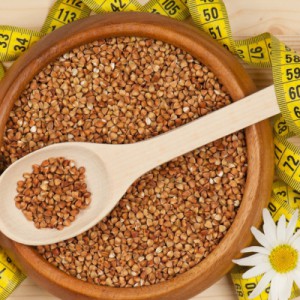
The effectiveness of buckwheat diets is due to the prolonged breakdown of cereals in the stomach, which dulls the feelings of hunger. At the same time, the body is forced to provide itself with nutrients by burning fat reserves from the depot. As a result, metabolism is accelerated, and a person loses excess weight faster. In addition, cereals contain many beneficial elements that help those who lose weight lose weight while maintaining a good mood, strong nails, healthy skin and thick hair.
The buckwheat diet is easy to use as it contains cereals and water. The duration of mono meals varies from 3 to 14 days (depending on the goals set). The three-day weight loss scheme is classified as fasting days. It helps the body to cleanse itself of toxins and burn up to 1,5 kilograms of excess weight. To eliminate from 5 to 10 extra pounds, the buckwheat diet is extended to 14 days.
How to cook the grass?
Buckwheat is steamed from the evening for the whole next day. For this, 300 grams of washed kernels are poured with a liter of boiling water. The vessel is wrapped in a blanket and left on the stove for 10-12 hours.
Remember, add sugar, salt or seasonings in the dietary dish is strictly prohibited.
With poor tolerance to a mono-diet, it is recommended to use a milder version of the method and include kefir in the diet.
Acceptable power schemes:
- Fill 350 grams of buckwheat with a liter of nonfat kefir. Porridge insist 10 – 12 hours in a warm place. During the day, use only the resulting mixture.
- In the morning, at lunchtime and in the evening, eat exclusively steamed buckwheat, and during snacks, consume 250 milliliters of low-fat kefir. The daily norm of a fermented milk drink is 1-1,5 liters.
The duration of the kefir-buckwheat diet should not exceed 14 days.
To consolidate the result, return to the previous diet smoothly. In the first 4 days of “exit”, in addition to buckwheat, eat only easily digestible foods (fruits, low-calorie yogurt, kefir, honey, vegetable salads, herbs), and then gradually increase the calorie intake to normal.
Contraindications to the use of buckwheat diet: gastritis, gastric ulcer, duodenal erosion, diabetes, intestinal disorders, hypertension, pregnancy, lactation, elderly and adolescent.
Conclusion
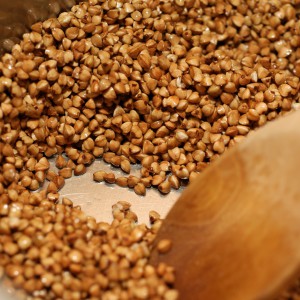
In traditional medicine, kernel is included in the diet of people suffering from anemia, celiac disease, diabetes mellitus, hypertension, obesity, arthritis, rheumatism, chronic fatigue syndrome, stomach ulcers, atherosclerosis, constipation [11].
On the basis of buckwheat grains, decoctions, ointments, poultices, and kissels are prepared, which help fight heart and endocrine disorders, skin pathologies, and malignant tumors. Along with the seeds of buckwheat use leaves, stems, flowers and husks of the plant. For example, the upper shell is used to fill orthopedic pillows (to eliminate insomnia, anxiety), buds and seeds for making baby powders, flour and leaves for healing wounds, boils, boils.
Remember, regular intake of buckwheat (2-3 times a week) reduces the risk of heart attacks and strokes by 70%, prevents the development of anemia, and improves the functional state of the digestive tract.
Sources of
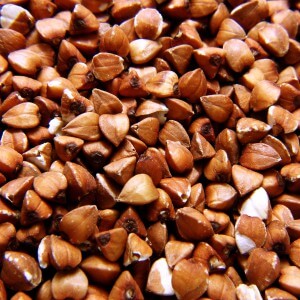 proteins – 13,5 grams;
proteins – 13,5 grams;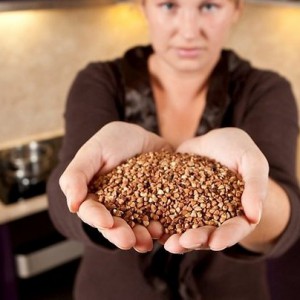 Reduces the risk of developing malignant neoplasms (due to the content of natural antioxidants) ..
Reduces the risk of developing malignant neoplasms (due to the content of natural antioxidants) .. A mixture of stagnant bile, high sugar, pancreatitis, poisoning. To prepare the composition will need 15 grams of buckwheat flour and 250 milliliters of low-fat yogurt. The first ingredient is produced by grinding the grits on a coffee grinder, and the second – by souring homemade milk. Both products are combined, and left in a container for the night. The resulting mixture is eaten for breakfast. The duration of choleretic therapy – 1 month. After 30 days, the course is repeated.
A mixture of stagnant bile, high sugar, pancreatitis, poisoning. To prepare the composition will need 15 grams of buckwheat flour and 250 milliliters of low-fat yogurt. The first ingredient is produced by grinding the grits on a coffee grinder, and the second – by souring homemade milk. Both products are combined, and left in a container for the night. The resulting mixture is eaten for breakfast. The duration of choleretic therapy – 1 month. After 30 days, the course is repeated. A nourishing mask for dry and normal skin. Components of the composition: 30-60 grams of buckwheat flour, 20 milliliters of olive oil. The mask is applied to the previously cleansed moist skin of the face, neck and décolleté for 20-30 minutes. After completing the procedure, the mixture is washed off with warm water.
A nourishing mask for dry and normal skin. Components of the composition: 30-60 grams of buckwheat flour, 20 milliliters of olive oil. The mask is applied to the previously cleansed moist skin of the face, neck and décolleté for 20-30 minutes. After completing the procedure, the mixture is washed off with warm water.
